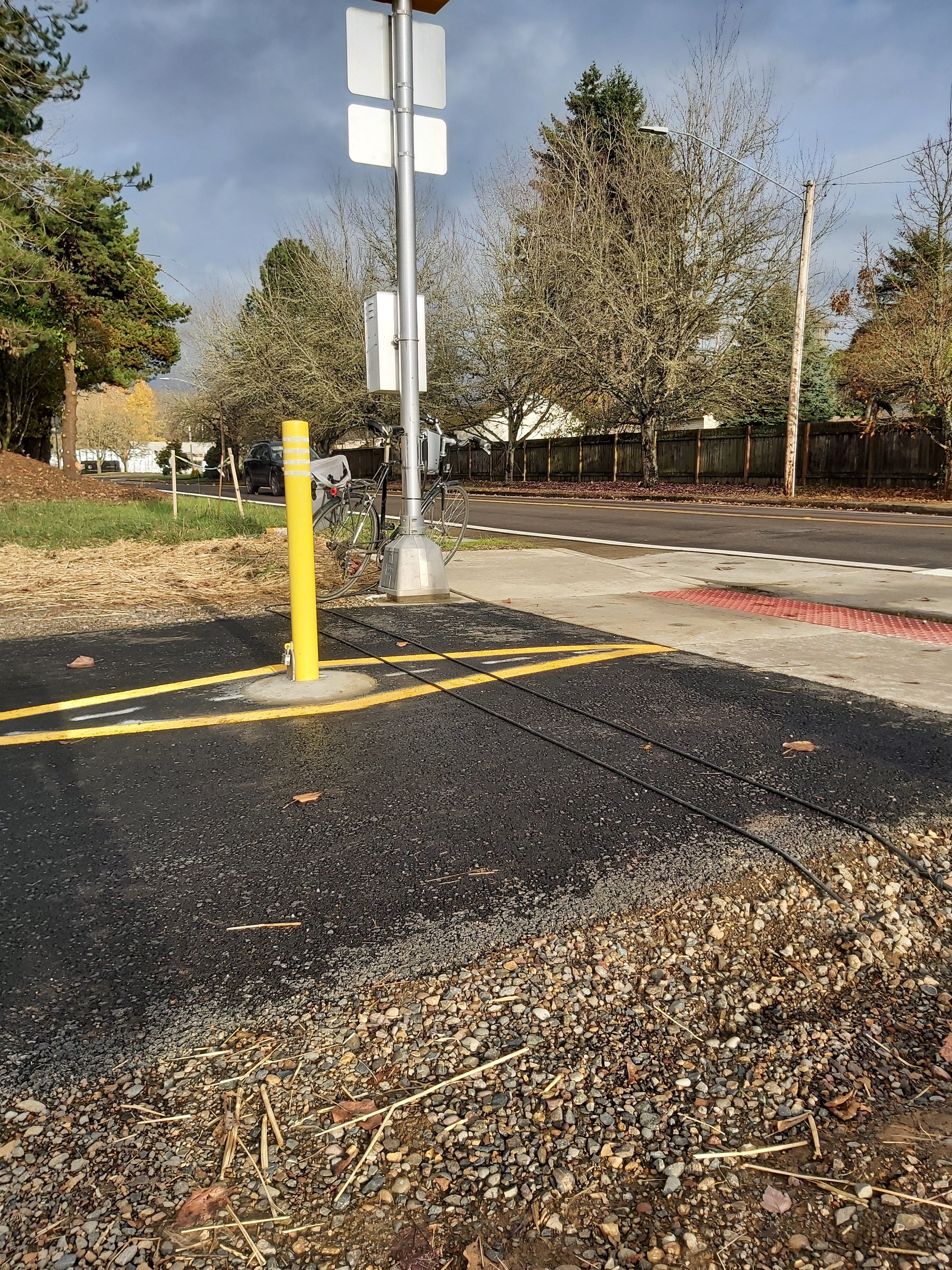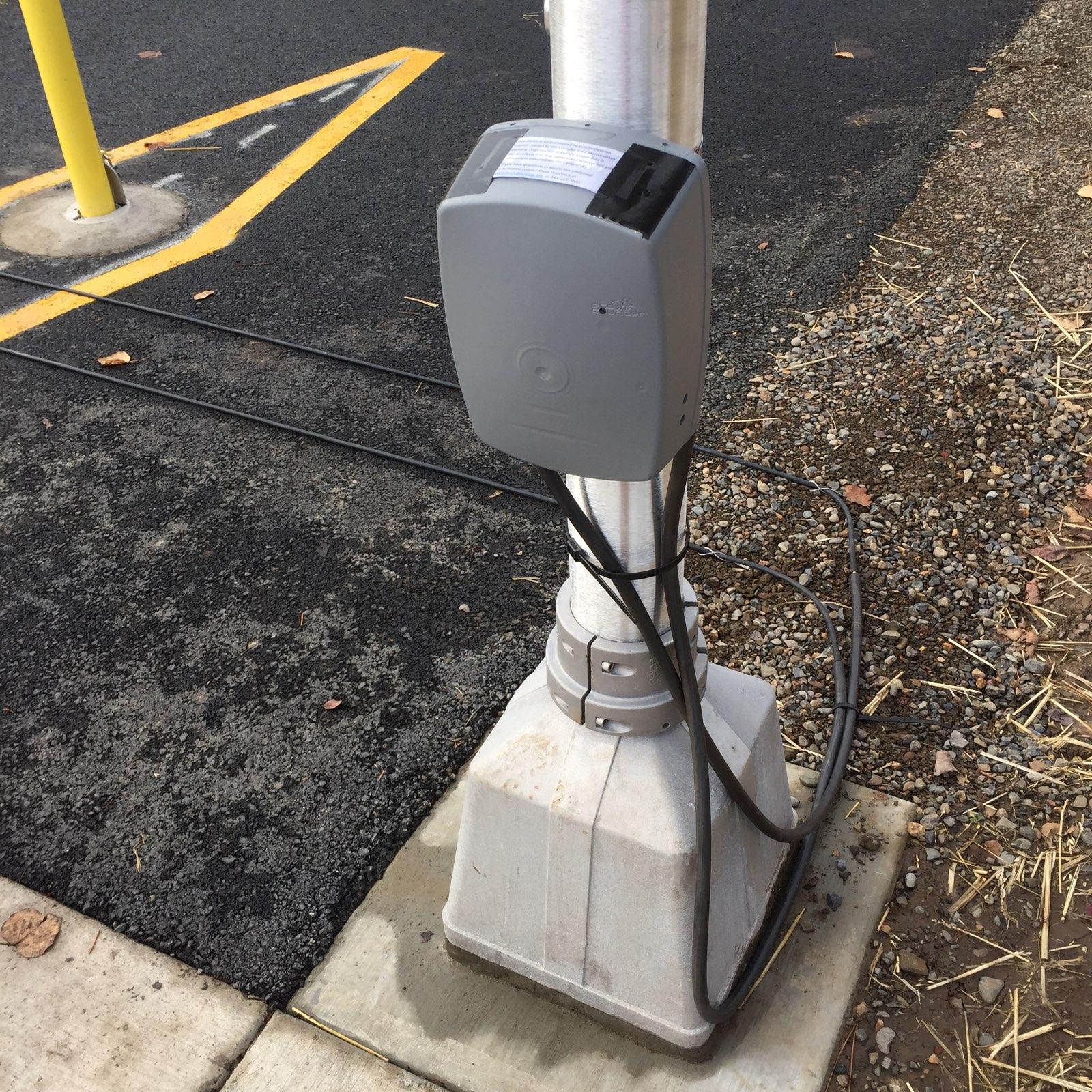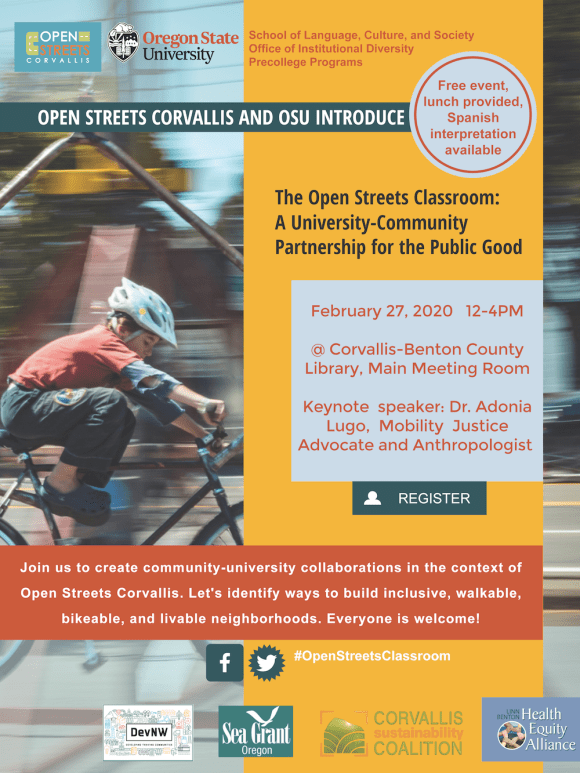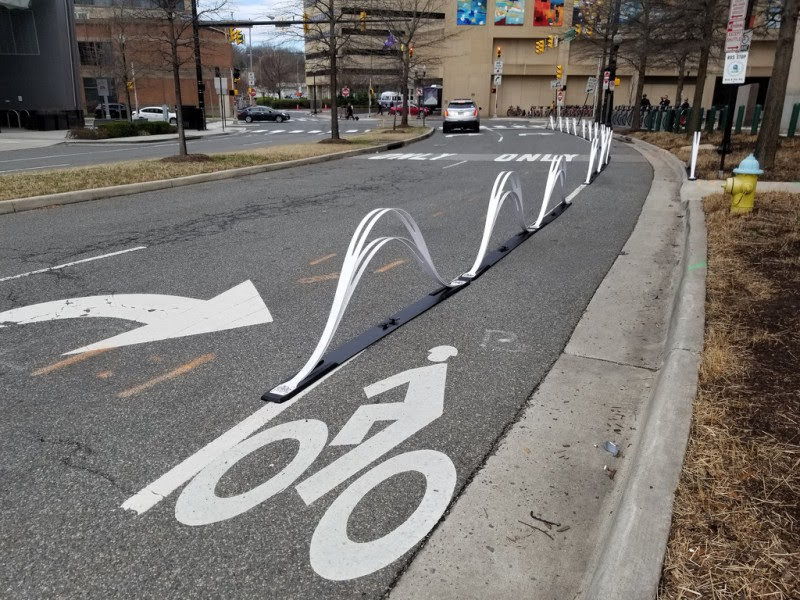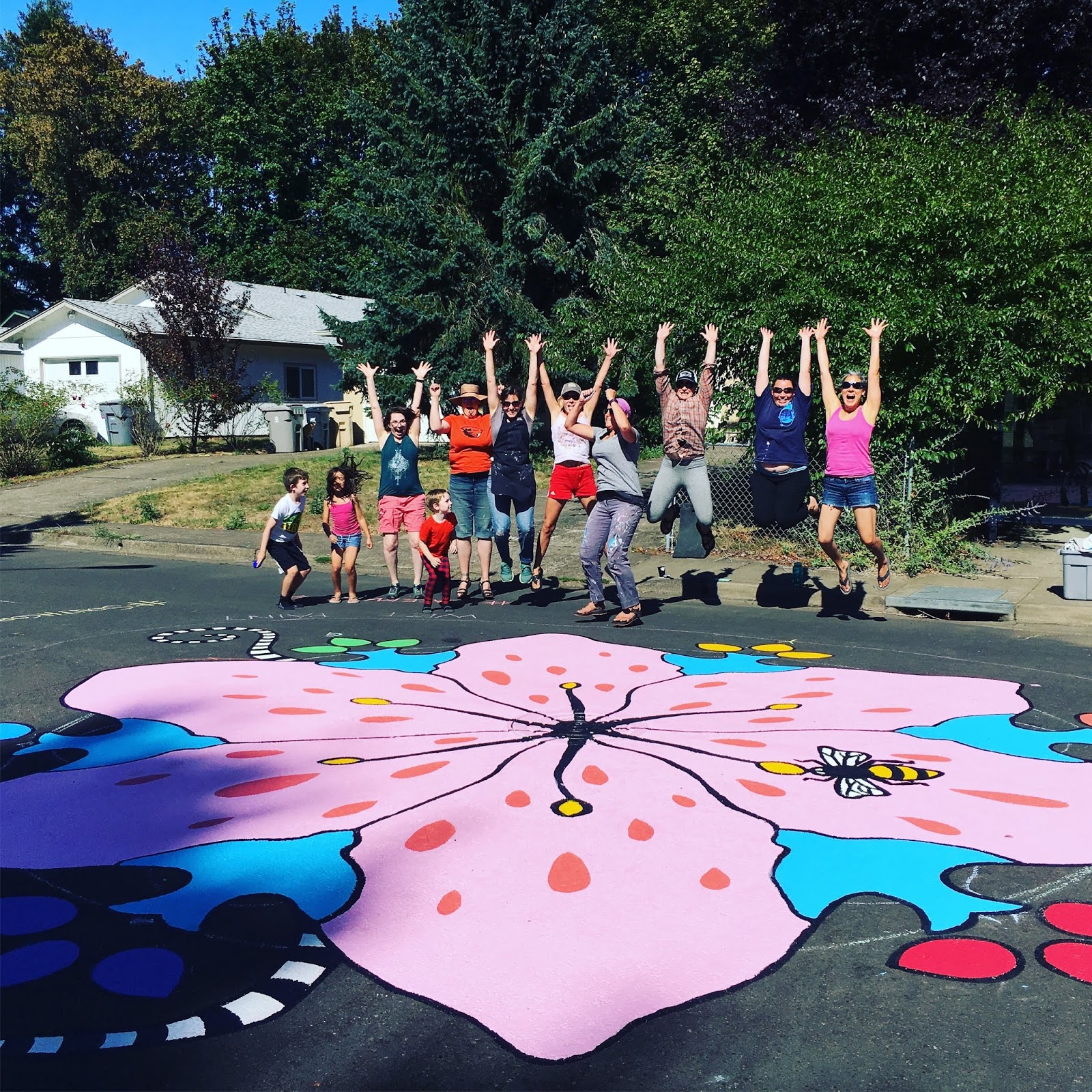After 40+ years of adding bike lanes to busier roadways throughout Oregon, there’s a push to do more for the safety and comfort of people biking (or skateboarding, scootering, etc.). Two ways of accomplishing this include widening bike lanes and/or adding something to physically separate people rolling along relatively slowly from people in faster moving cars and trucks.
While cities have been building planter strips next to sidewalks for over a hundred years to improve the safety and comfort of walking, something similar for people biking is relatively new in Oregon. Granted, multi-use paths outside the curb-to-curb roadway have a long history, but these can be less practical as driveway and intersection density increases along roadways within cities.
But how does a city add better bike lanes? That depends on a host of factors including design standards, roadway characteristics, and funding. In Oregon, a city’s Transportation System Plan (TSP) can provide the framework for allowing these facilities. From there, cities look to organizations such as AASHTO (American Association of State Highway and Transportation Officials) and NACTO (National Association of City Transportation Officials) for guidance on creating the design standards that best address the needs of their jurisdiction.
In Corvallis, the recently completed TSP calls wider bike lanes “buffered bike lanes” and wider bike lanes with a physical barrier “protected bike lanes”. A buffered bike lane would typically be eight feet wide, rather than the current five or six foot width. Two parallel white stripes and other markings between the bike lane and vehicle lane may delineate this buffered space. The exact street markings of a buffered bike lane and characteristics of a protected bike lane will be determined in an upcoming design review process at the Public Works Department.
While Corvallis is not a member of NACTO, this organization provides some of the most current and accessible guidance for urban bikeway design. Organizations such as The Street Trust and People for Bikes advocate for better bike facilities and laws with projects like the Green Lane Project. The People for Bikes reference guide entitled 14 Ways to Make Bike Lanes Better provides an overview of how other cities have approached the most prominent elements of buffered and protected bike lanes, also called cycle tracks and separated bike lanes.
At Open Streets, we will demonstrate a center left turn bike lane on Alexander. It will help people on bikes to turn left comfortably and avoid conflicts with drivers. You will see temporary chalk paint on Alexander defining the bike lane, which will be in place from August 14-25. On event day, look for a potential protected bike lane design, too.
In the years ahead, keep an eye out for better bike lanes here in Corvallis and across the state. What’s your favorite better bike lane?


